A pilgrimage to Rome has always been one of the most significant spiritual experiences for Christians from around the world.
Contents [hide]
Speaking of a pilgrimage to Rome immediately brings to mind past times when people from all walks of life and diverse backgrounds set out from their places of origin to visit one of the pilgrimage destinations of that era. Usually, these were the Holy Land, Santiago de Compostela, or indeed Rome, the cradle of Christianity. But there’s no need to go so far back in time to discover why, even today, among the many pilgrimage sites to visit at least once in a lifetime, a pilgrimage to Rome has always been one of the most significant spiritual experiences for Christians from around the world. The reasons for this relevance can be found in the millennia-old history of the Eternal City, its invaluable historical and religious heritage, and perhaps precisely in its being, since the origins of the Church, when along its streets St. Peter and St. Paul moved and preached, the sacred destination par excellence for believers.

5 places of pilgrimage to go to at least once in a lifetime
God’s action on this Earth leaves a strong mark that attracts us: here are five pilgrimages of faith to be made at least once in a lifetime.
For this reason, since the Middle Ages, the so-called Roman ways (or roads, or complete) have been identified, as the routes that ancient pilgrims travelled to reach Rome. The famous Via Francigena is just one of the most famous: the pilgrim’s journey connects Canterbury with Rome, passing through many other important cities and touching five different European countries, still today offering pilgrims the opportunity to immerse themselves in the beauty of landscapes and local traditions along the way.
A good opportunity to organize a pilgrimage to Rome can be the Jubilee, a special period proclaimed by the Catholic Church during which believers can obtain particular indulgences. During the Jubilee, the city fills up with pilgrims from around the world, eager to obtain plenary indulgence, who head to the main basilicas and sanctuaries to pray, participate in celebrations, and live an experience of spiritual renewal. Not surprisingly, for the upcoming Jubilee, to be held in 2025, over 32 million pilgrims are expected in Rome!
Rome, with its basilicas, historical monuments, and symbols of pilgrimage, is undoubtedly one of the preferred destinations for Christians wishing to strengthen their faith and connect with the millennia-old history of the Church. Whether for an individual pilgrimage or during the Jubilee, the Eternal City welcomes pilgrims with open arms, offering them an unforgettable spiritual and cultural experience.

Rome Itineraries: Why Do Pilgrims Go to Rome?
From a historical and artistic perspective, Rome needs no introduction. It has always offered an extraordinary wealth of historical, spiritual, and cultural sites that have attracted tourists and travellers from around the world for centuries, as well as believers eager to explore the roots of Christianity and live a unique faith experience. It is a place rich in history, art, and spirituality. Walking its streets is like embarking on a journey through time, and one of the best ways to begin discovering its greatness is by visiting its magnificent Papal Basilicas, the sacred places associated with the Pope.
St. Peter’s Basilica in the Vatican is one of the main points of reference for pilgrims because it offers them the opportunity to participate in papal masses, the Angelus prayer, and to pray at the Apostle Peter’s tomb. Its imposing facade and sumptuous interior leave visitors speechless. The dome designed by Michelangelo and completed by Giacomo della Porta, Michelangelo’s Pietà inside, and the statue of St. Peter are just some of the artistic beauties that attract the attention of devotees and visitors. St. Peter’s Square, overlooking it, is one of Rome’s most iconic places.

Saint Peter in the Vatican: Church symbol of the whole Christian world
Saint Peter in the Vatican is a basilica full of meanings, mysteries and sacred works of art famous all over the world. Here are some curiosities…
St. John Lateran Basilica houses another of Rome’s holy doors, opened during the Jubilee. St. John Lateran Basilica is particularly important for pilgrims because it is considered the cathedral of Rome and the mother church of Catholicism. Its symbolic significance stems from the fact that it was the first Christian basilica built in Rome and is the place where the Pope celebrates the most important liturgies. For pilgrims, visiting St. John Lateran Basilica means getting closer to the seat of the Papacy and immersing themselves in the millennia-old history of Christianity. The solemn atmosphere and majestic interior of the basilica create a unique spiritual experience that leaves a lasting impression on visitors.
Another significant destination is St. Paul Outside the Walls Basilica, one of Rome’s four major Catholic places of worship, with its majestic facade and imposing columns. Here lies the tomb of the Apostle Paul, to whom the Basilica is dedicated, and it is a place of prayer and reflection for pilgrims. St. Paul Outside the Walls Basilica is located on the outskirts of Rome. The basilica’s interior is impressive, with a central nave supported by marble columns and numerous mosaics depicting biblical stories. In addition to St. Paul’s tomb, the basilica also houses a precious relic, the chain believed to have been used to imprison the Apostle. This sacred place offers pilgrims a unique opportunity to meditate on faith and the Apostles’ legacy.

Holy Door: what it is and what its opening represents
The opening of the Holy Door marks the beginning of the Jubilee, but it also represents a spiritually evocative symbol for Christians. Here’s what it entails.
St. Mary Major Basilica, located on Esquiline Hill, is another of Rome’s four papal basilicas and is dedicated to the Virgin Mary. This basilica is an architectural marvel, with its frescoes, mosaics, and works of art depicting stories of faith and devotion. Among its many wonders, the Sistine Chapel stands out, one of Rome’s main attractions and one of the greatest masterpieces of art of all time, with Michelangelo’s superb frescoes depicting the life of Mary and Christ.
But Rome is not just about Basilicas, and pilgrims can find many other places of great historical and spiritual value. Even the Colosseum, one of Rome’s quintessential symbols of the Roman Empire, can provide food for thought to visitors regarding the suffering endured by those who witnessed their faith at the cost of their lives over the centuries. And then there are the Catacombs of San Callisto and San Sebastiano, where the early Christians gathered to pray and bury their dead, places where the primitive Church took its first steps.
For pilgrims, another jewel of Rome worth visiting is the Pantheon, an ancient pagan temple converted into a Christian church in the 7th century. Famous for its spectacular dome, with an oculus through which, at Pentecost, rose petals are dropped, and its stunning architecture. Inside the Pantheon, is the tomb of Raphael, one of the greatest Italian Renaissance artists.

On the occasion of Pentecost, pray Mary that unties the knots
50 days after Easter, she will untie the knots and celebrate Pentecost, which recalls the descent of the Holy Spirit among the disciples and the beginning of the Church’s mission. This year we celebrate it by reciting…
Pilgrims’ Symbols
As in ancient times, even today Catholic pilgrims are often recognizable by the symbols they carry with them during their spiritual journey. Two of the most iconic symbols are the pilgrim’s staff and the shell. The pilgrim’s staff represents a symbol of support and journey. It is often made of wood with a curved handle and a metal tip. The pilgrim’s staff not only provides physical support during long walks but also has a symbolic meaning of trust in divine providence during the spiritual journey.
The shell, or conch, is another symbol of the Catholic pilgrim, often associated with the pilgrimage to Santiago de Compostela in Spain. Pilgrims attach a shell to their bags or clothing as a sign of identification and belonging. It also represents the pilgrim’s humility since the shell is formed in the water, which flows and shapes its form.
Both of these symbols, the pilgrim’s staff and the shell, represent spirituality, determination, and the search for a deeper sense of purpose and connection with faith. Wearing them or carrying them during the pilgrimage testifies to the commitment and openness to the spiritual experience that the pilgrim is undergoing and can also be a reason for sharing and conversation among pilgrims along the way.

Pilgrimage to Rome for the Jubilee
Going on a pilgrimage to Rome for the Pope, or on the occasion of the Jubilee, can be a fundamental experience in the life of a Christian. The Jubilee has always been an event of great significance in the Catholic tradition, a time of celebration, spiritual renewal, and reflection.
The Jubilee of 2025 will be a moment of joy, hope, and reconciliation. It is expected that the influx of pilgrims from around the world will be significant, creating an atmosphere of unity and solidarity among the different religious communities. Cultural events, concerts, and exhibitions will also be organized to celebrate Rome’s historical and artistic richness, offering pilgrims a complete experience that combines faith, culture, and spirituality. A fundamental element of the Jubilee is the opening of the Holy Door, symbolizing access to divine forgiveness and mercy. During the 2025 Jubilee, the Holy Door of St. Peter’s Basilica will be opened to allow pilgrims to cross that threshold and experience a unique spiritual experience. This symbolic gesture invites the faithful to renew their faith and reflect on their actions.

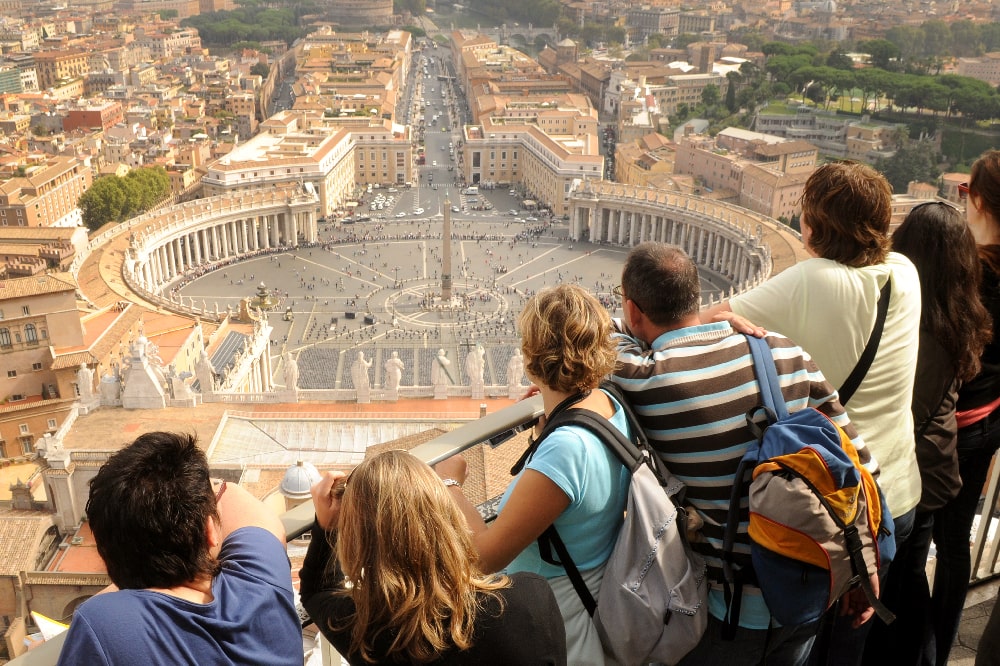
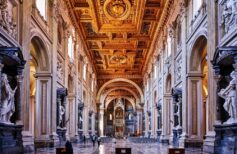
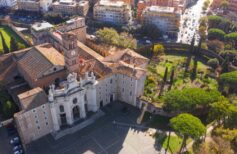

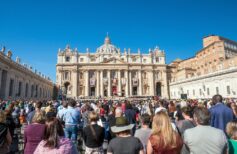




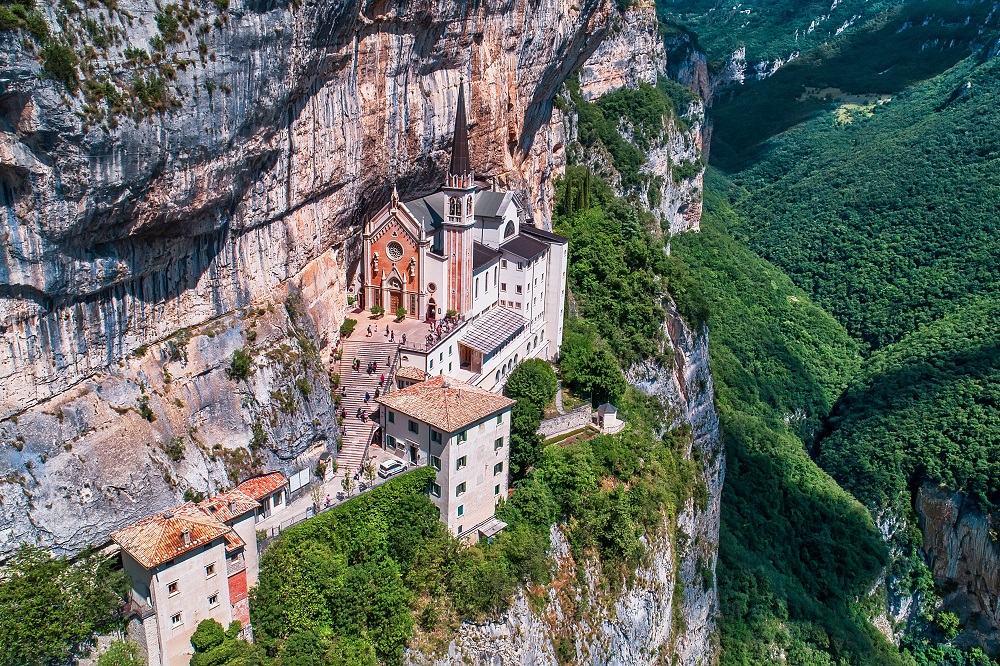








 19 March 2025
19 March 2025






